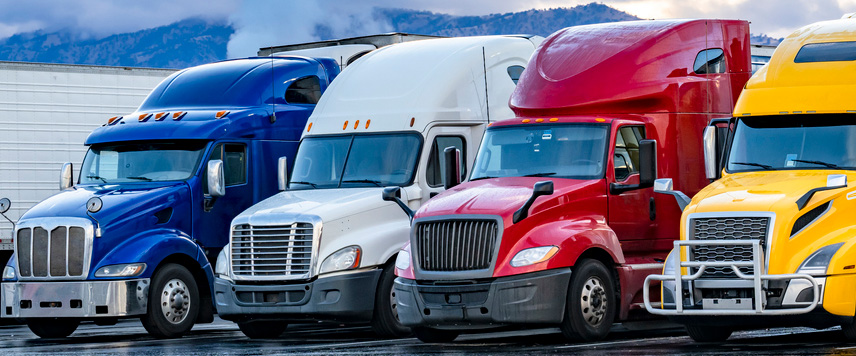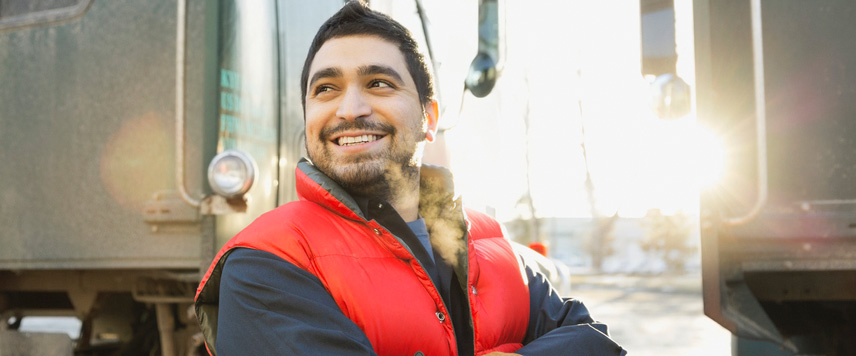More and more frequently, people today are learning about last-mile delivery. Sometimes called the “final mile,” the last-mile delivery describes the journey of an item from the distribution center or warehouse to the customer’s front door. While “every step of the supply chain process is crucial… last mile is where the most impact can be made for the customer experience.” Experts claim that the last mile of a delivery is the most complicated and the most expensive. Why is that? What is last-mile delivery and why does it come with its own unique set of “last mile problems”?
“The Last Mile of the Way”
Almost everyone reading this has ordered something for a “quick” or “fast” delivery. Whether it was an Amazon Prime purchase or Instacart grocery delivery, ecommerce has changed the way Americans purchase and receive goods. When the Covid-19 pandemic hit, millions of people decided to place even more trust in ecommerce, making the industry a booming one, and, as the transportation industry can see, it hasn’t slowed down very much in four years. In 2023, Amazon could count over 157 million Prime members, all of which expect “free” two-day shipping on their orders. These quick turnaround times put even more pressure on the last-mile delivery.
For most orders, according to supply chain expert Ryder, last-mile delivery includes the following simple steps:
- “The customer places an order online…”
- “The items required for the order are picked and packed for delivery.”
- “The order is dispatched for delivery from the warehouse or transportation hub.”
This may seem like something incredibly easy, but, it is important to consider the many benefits to having an effective last-mile delivery strategy! Along with customer appreciation, which is great for branding, efficient deliveries to wanting consumers can also increase sales and revenue over time. EMARKETER.com states that “Companies with quick and dependable delivery services are more likely to acquire and retain clients, which boost revenues.” These companies that find the most effective delivery strategy can extend the reach of their sales to new buyers in both urban and rural areas that are notoriously hard for reaching customers. The goal is to show consumers how easy and convenient it is to get the items they purchased in the quickest amount of time so that they will order again and again.
While this seems sensibly simple on the surface, the last-mile continues to challenge retailers and consumer brands.
“With Miles to Go Before I Sleep…”
The transportation and retail industries are extremely familiar with the “last-mile delivery problem.” The challenges range from where the purchase is being delivered, as mentioned with the urban and rural areas above, to how large the delivery is, and the driver and vehicle making the drop-off. Here are some of the most well-known issues with last-mile delivery:
- Where is the purchased product being delivered? Whether the delivery is being made in a rural or urban area, each comes with their own set of challenges. Rural deliveries are spread across miles and miles of open road, while those dropped off in a city are made amongst thousands of other people and on crowded streets with limited, if any, available parking for delivery trucks.
- What exactly is being delivered? Companies like Amazon can deliver almost any product to a Prime member’s door, and that includes large items like furniture. That means the sizes of the items being delivered could be as small as a t-shirt or as large as a desk or bed frame. To cover the variety of items, a good last-mile delivery strategy must include a vehicle that can carry almost any size product.
- How expensive is last-mile delivery? This is widely agreed to be the biggest challenge of last-mile delivery, the costs. The myriad of costs associated with last-mile delivery includes labor, fuel expenses, delivery vehicle maintenance, rescheduling, multi-stop route planning, and downtime between destinations.
While there are other concerns for last-mile delivery strategies, these are the ones most discussed, and they have the biggest impact on customer happiness and loyalty to a brand. The experts at Ryder said that “E-commerce marketing has come to revolve NOT around the quality of a specific product, but the quality of the experience,” and they make a great point. Keeping the customer happy means that all of the focus for last-mile delivery strategies are geared toward that delivery, not the production, advertisement, or even the sale of an item.
Conclusion
The last-mile delivery will continue to be a challenge for companies specializing in “quick delivery” and “free shipping” to their customers. Today, the LZBlog has given a quick glimpse into what last-mile delivery is, but there are more options for this industry coming down the pipeline. For example, Amazon is already testing drones that can delivery packages to some areas. The gig economy has also expanded drastically to cover the delivery of groceries for companies like Shipt and Instacart. “In short,” say some experts, “instant (or near to instant) gratification is now the benchmark in e-commerce. If last-mile logistics are slowing you down, customer acquisition is likely to take a hit.”
__________________________________________________________________________
Meaghan Goldberg covers recruitment and digital marketing for Lionzone. A Patterson, GA native, after graduating from both Valdosta State University and Middle Tennessee State University, Meaghan joined Lionzone in 2018 as a digital recruitment strategist before becoming the social media manager.
Resources:
https://www.merchantsfleet.com/industry-insights/what-is-last-mile-delivery/
https://www.ryder.com/en-us/insights/blogs/last-mile/last-mile-delivery
https://www.emarketer.com/insights/last-mile-delivery-shipping-explained/




